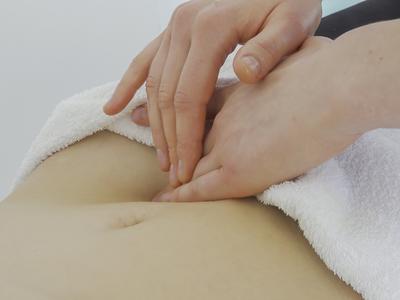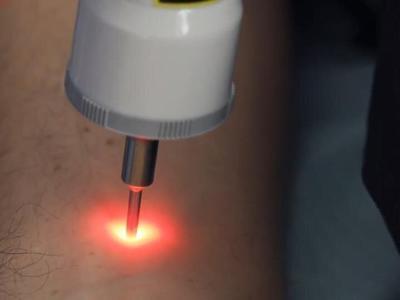Vitamin D: Sunshine or Supplements?
When it comes to vitamins and how to get them, most of us are pretty clued up on vitamin C – we know we should eat oranges, kiwi fruits and strawberries to get enough. The B vitamins are fairly simple too, with wholegrain cereals, legumes and seeds being good food sources. Even vitamin E is fairly well understood, with most of us having an idea that nuts and avocados are high in vitamin E.
But what about vitamin D? Vitamin D is known as the sunshine vitamin. This is because the majority of vitamin D in our bodies has been synthesised by the body after the sun hits our skin. Sunlight contains two types of ultraviolet rays – UVA and UVB. UVB rays penetrate the skin and provide energy within the skin cells to manufacture vitamin D from cholesterol.

The Importance of Vitamin D
We need vitamin D to help us absorb calcium and phosphorous from our food, and together, these two minerals are responsible for maintaining healthy and strong teeth and bones.
Therefore, a vitamin D deficiency can result in weak, brittle teeth and bones, and osteoporosis, a bone condition that can be especially serious in menopausal women as their levels of oestrogen drops. Not getting enough vitamin D can also lead to muscle weakness as well as a low mood, Seasonal Affective Disorder (SAD) and depression.
There aren’t many good food sources of vitamin D, but egg yolks, mushrooms and oily fish such as tuna, sardines and salmon do provide some vitamin D.
Vitamin D Deficiency Risk
It’s thought that the majority of people living in Northern Europe are deficient in vitamin D during the winter months when sunlight hours are at their lowest and we tend to cover our skin. For this reason, many doctors recommend a vitamin D supplement of 10mcg each day from October to March.
But is the solution as simple as that?
As with much health advice, no.
Exposure to sunlight is by far the best way to ensure that our vitamin D levels are topped up. During the summer, we’re naturally more exposed to sunlight.
But the fear factor of sunlight and skin cancer has meant that even during the summer, many of us are still not getting enough. In fact, the Sun Exposure and Vitamin D Supplementation (SEDS) study backed this up – that even in the sunny climate of Australia, vitamin D deficiency is common.
Getting Enough Sunshine Safely
So the challenge is getting enough sunlight exposure to make enough vitamin D, without the risk of skin cancer.
To do this, it’s best to spend short amounts of time with your skin in the sun, around midday when the sun is at its strongest. For example, in the UK, spending just 13 minutes in summery clothes (such as a vest and shorts), three times a week, will help to keep vitamin D levels where they should be.
During the winter, this is obviously trickier. If you do have the odd sunny day, sitting outside with your arms and legs exposed for as long as you can manage, as often as you can manage, will help. Vitamin D supplements are recommended during the winter, but it’s important to make sure they’re bioavailable supplements.
Bioavailable Vitamin D Supplements
Bioavailability describes the amount of a supplement (or drug) that is capable of entering the bloodstream and is therefore available to have its desired, active effect.
One study that looked at the bioavailability of different vitamin D supplements found some interesting results. The study looked at three different types – microencapsulated, oil-based and micellised.
Vitamin D is a fat-soluble vitamin, meaning that it requires fat to absorb into the bloodstream. Of the three methods studied, the microencapsulated vitamin was found to be the most bioavailable.
So if you are going to take a vitamin D supplement during the winter, make sure it’s a highly bioavailable, microencapsulated one.
Note - If you suffer from a chronic inflammatory autoimmune disorder, check with your physician before supplementing with Vitamin D.







